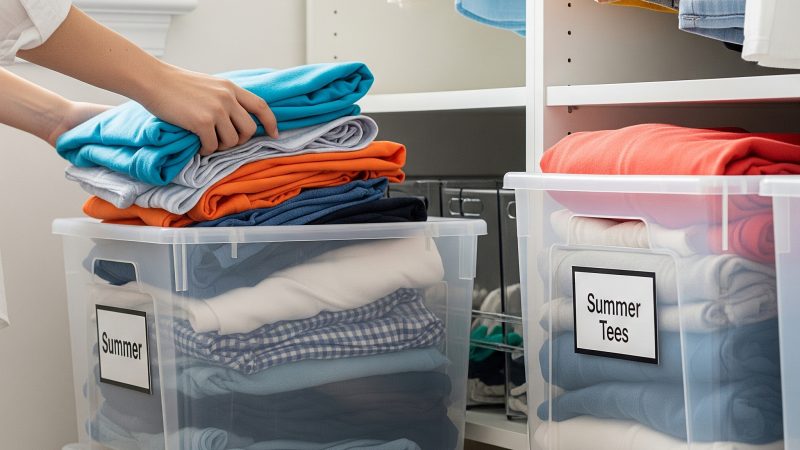A Brief History of Paper

Papyrus is made from the sliced sections of the flower stem of the papyrus plant, pressed together and dried, and then used from writing or drawing. Papyrus appeared in Egypt around 2400 B.C.
Paper making – Greek Parchment Paper
Then There Was Paper
A courtier named Ts’ai-Lun, from Lei-yang in China, was the first recorded inventor of paper circa 105 A.D. Ts’ai-Lun presented paper and a paper making process to the Chinese Emperor and that was noted in the imperial court records. There may have been paper making in China earlier than the above date, but inventor Ts’ai-Lun did much for the spread of paper making technology in China.
Chinese Paper making
The ancient Chinese first made paper in the following fashion.
Plant fibers such as hemp were soaked and beaten into a sludge. The sludge was strained through a cloth sieve attached to a frame that also served as a drying platform for the resulting paper.
Newsprint
Charles Fenerty of Halifax made the first paper from wood pulp (newsprint) in 1838. Charles Fenerty was helping a local paper mill maintain an adequate supply of rags to make paper, when he succeeded in making paper from wood pulp. He neglected to patent his invention and others did patent papermaking processes based on wood fiber.
Corrugated Papermaking – Cardboard
In 1856, Englishmen, Healey and Allen, received a patent for the first corrugated or pleated paper. The paper was used to line men’s tall hats.
American, Robert Gair promptly invented the corrugated cardboard box in 1870. These were pre-cut flat pieces manufactured in bulk that opened up and folded into boxes.
On December 20, 1871, Albert Jones of New York NY, patented a stronger corrugated paper (cardboard) used as a shipping material for bottles and glass lanterns.
In 1874, G. Smyth built the first single sided corrugated board-making machine. Also in 1874, Oliver Long improved upon the Jones patent and invented a lined corrugated cardboard.
Paper Bags
The first recorded historical reference to grocery paper bags was made in 1630. The use of paper sacks only really started to take off during the Industrial Revolution: between 1700 and 1800.
Margaret Knight (1838-1914) was an employee in a paper bag factory when she invented a new machine part to make square bottoms for paper bags. Paper bags had been more like envelopes before. Knight can be considered the mother of the grocery bag, she founded the Eastern Paper Bag Company in 1870.
On February 20, 1872, Luther Crowell also patented a machine that manufactured paper bags.
Paper Plates
Paper food service disposables products were first made at the beginning of the 20th century. The paper plate was the first single-use food service product invented in 1904.
Dixie Cups
Hugh Moore was an inventor who owned a paper cup factory, located next door to the Dixie Doll Company. The word Dixie was printed on the doll company’s front door. Moore saw the word everyday, which reminded him of “dixies,” the ten dollar bank notes from a New Orleans’ bank that had the French word “dix’ printed on the face of the bill. The bank had a great reputation in the early 1800s. Moore decided that “dixies” was a great name. After getting permission from his neighbor to use the name, he renamed his paper cups “Dixie Cups”. It should be mentioned that Moore’s paper cups first invented in 1908 were originally called health cups and replaced the single repeat-use metal cup that had been used with water fountains.
The Author:
britishlisting









I already heard about Margaret Knight. Unbelievable inventions were done in 19th century. It is a pride that a woman invents such a great thing which gets an important role in today’s world with a lot of technical improvements.
Yes, Margaret Knight was an incredible inventor and a pioneer for women in the field of technology. Her invention of the paper bag machine revolutionized the production and distribution of paper bags, making them faster and more efficient to produce. This led to the widespread use of paper bags in grocery stores and other businesses, which we still see today. It’s amazing to think about the impact her invention had on the world and how it paved the way for future technological advancements.